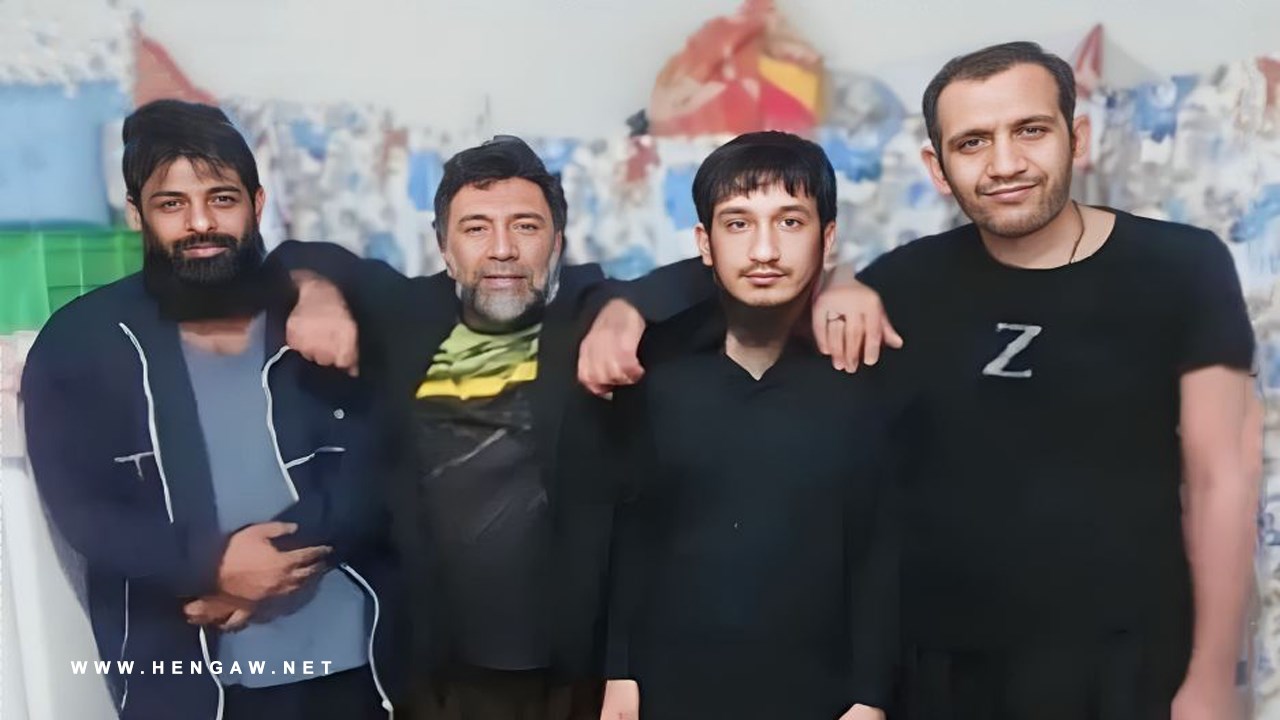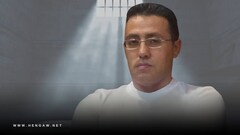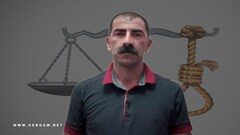Four Baloch Political Prisoners Sentenced to Death, Including a Former Child Offender by Iranian Judiciary
The judicial system of the Islamic Republic of Iran has sentenced four Baloch individuals, na

Hangaw: Tuesday, February 13, 2024
The judicial system of the Islamic Republic of Iran has sentenced four Baloch individuals, namely Eidou Shahbakhsh, Abdul Ghani Shahbakhsh, Abdol Rahim Qanbarzahi Gargij, and Suleiman Shahbakhsh, to death on charges of “revolt.” Notably, Suleiman Shahbakhsh was reportedly only 12 years old at the time of the alleged offense.
According to a report obtained by the Hengaw Organization for Human Rights, on Sunday, February 4, 2024, Branch 28 of the Tehran Revolutionary Court, led by Mohammad Reza Amozad Khalili, issued the death sentences against the four Baloch political prisoners. They were accused of revolting by participating in anti-revolutionary activities and being members of subversive groups.
Baloch activists campaign reveals that Suleiman Shahbakhsh and Abdul Rahim Qanbarzahi Gergich were arrested in 2015 for the murder of Nabi Qanbarzahi, the head of Basij Chahzard base. Additionally, Eidou Shahbakhsh and Abdul Ghani Shahbakhsh were acquitted of these charges by the first branch of the Zahedan Revolutionary Court in 2015, only to be rearrested a few months later.
Suleiman Shahbakhsh, the youngest defendant, was born in 1996 and allegedly committed the offense when he was just 12 years old, according to the Dadban news series. This raises concerns about sentencing a minor as a “criminal child.”
In contrast, Eidou and Abdul Ghani Shahbakhsh, the first two defendants in the case, have been sentenced to death despite being acquitted and released by the first branch of the Zahedan Revolutionary Court in 2016 for the same charges. They were later rearrested by the forces of the IRGC's intelligence department in Sistan and Balochistan.
Additionally, Abdulrahim Qanbarzahi Gargij, another accused in the case, is illiterate. The officers compelled him to mark the bottom of documents with his finger as a signature to extract forced confessions. The severity of the torture and harassment endured by him was such that other judicial experts involved in the case have confirmed that the signatures on the papers were obtained under duress.







